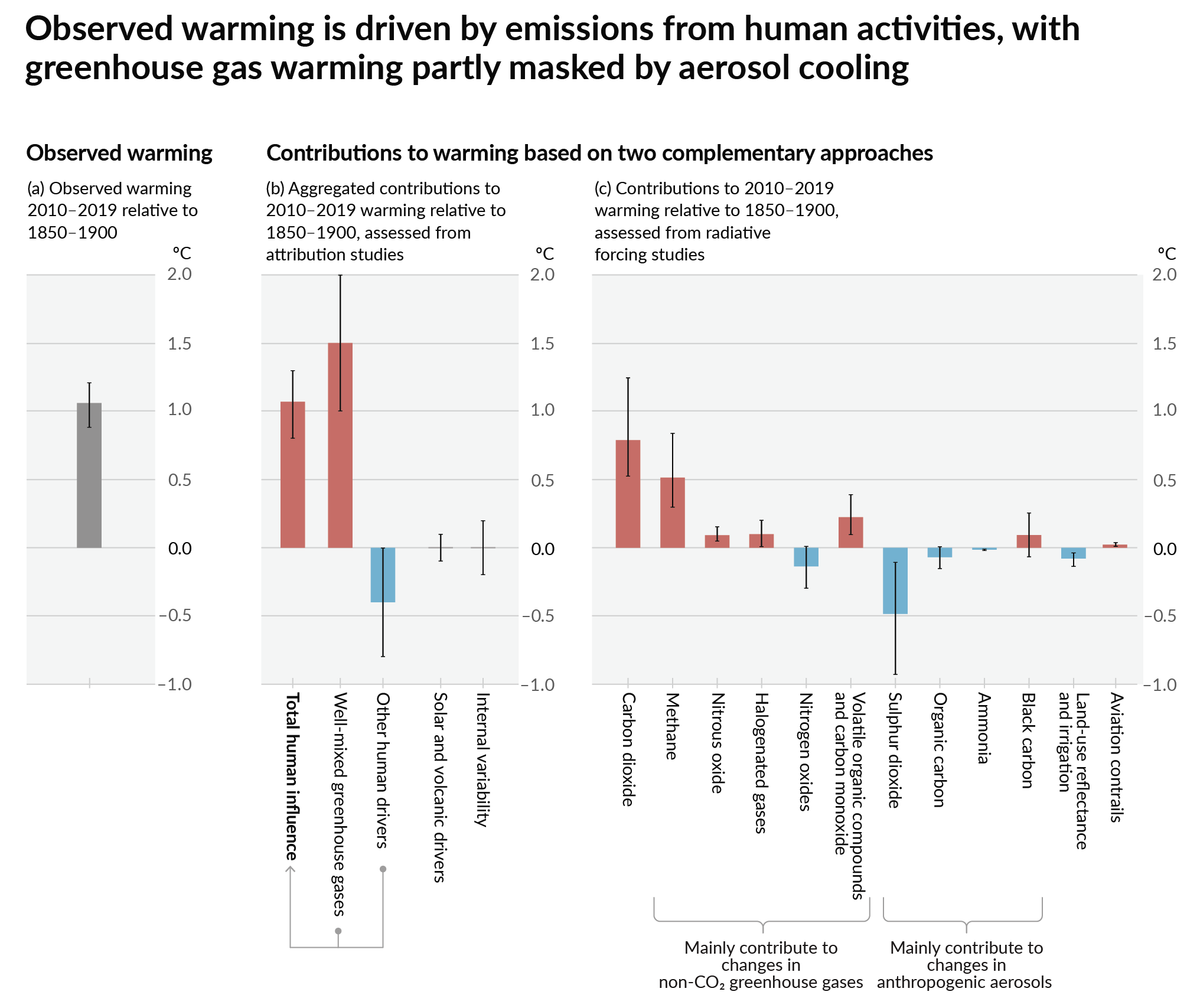Climate - truthful information about climate, related activism and politics.
6448 readers
405 users here now
Discussion of climate, how it is changing, activism around that, the politics, and the energy systems change we need in order to stabilize things.
As a starting point, the burning of fossil fuels, and to a lesser extent deforestation and release of methane are responsible for the warming in recent decades:

How much each change to the atmosphere has warmed the world:

Recommended actions to cut greenhouse gas emissions in the near future:

Anti-science, inactivism, and unsupported conspiracy theories are not ok here.
founded 2 years ago
MODERATORS
76
77
78
79
80
81
82
74
Analysis: Record surge of clean energy in 2024 halts China’s CO2 rise - Carbon Brief
(www.carbonbrief.org)
83
84
85
86
168
Why Katy Perry’s celebrity spaceflight blazed a trail for climate breakdown
(theconversation.com)
87
88
68
How petrostates succeeded in watering down the world’s plan to cut shipping emissions
(theconversation.com)
89
90
39
Bibles, bullets and beef: Amazon cowboy culture at odds with Brazil’s climate goals
(www.theguardian.com)
91
92
67
Appliance efficiency standards save consumers billions, reduce pollution and fight climate change
(theconversation.com)
93
94
95
96
97
98
99
100
